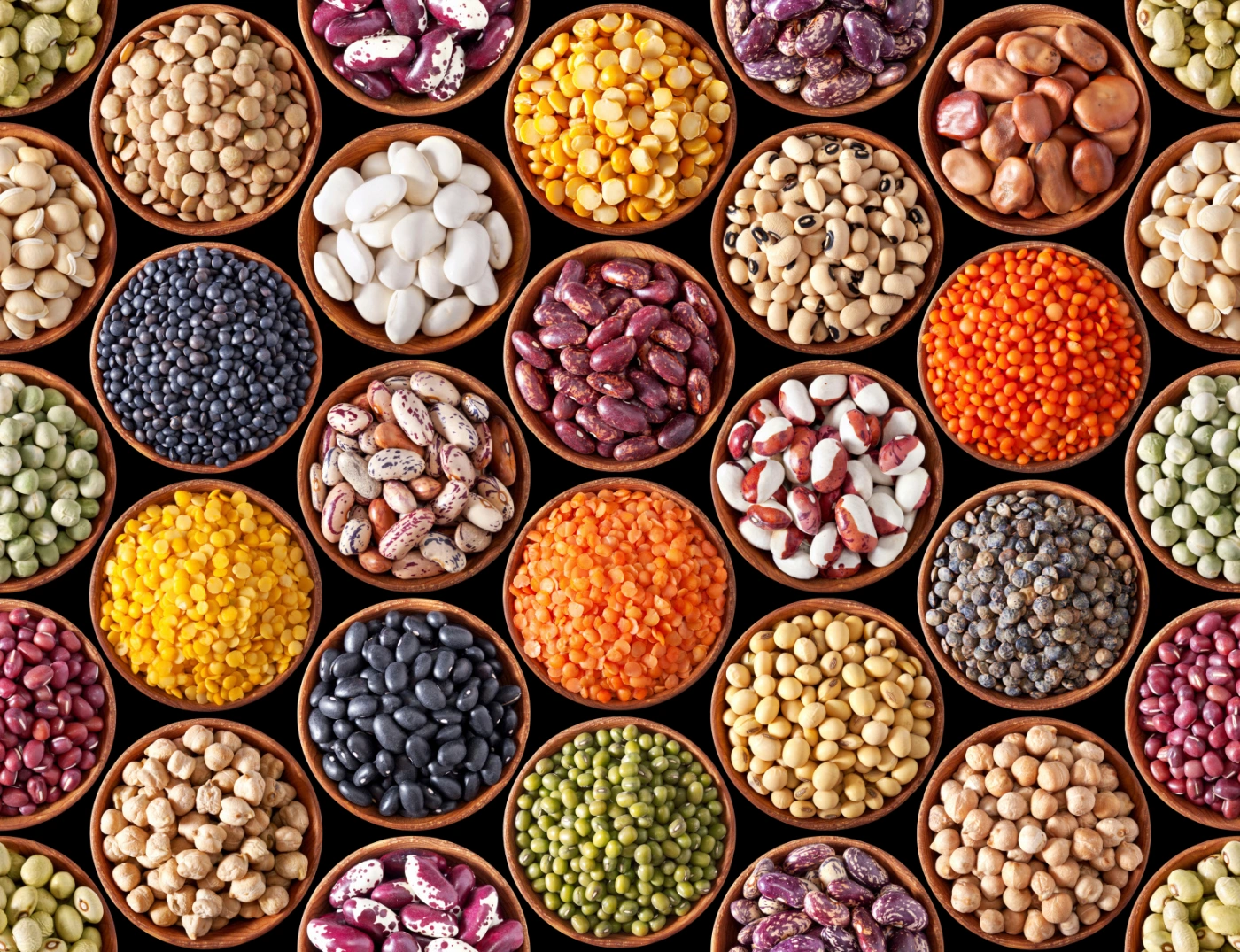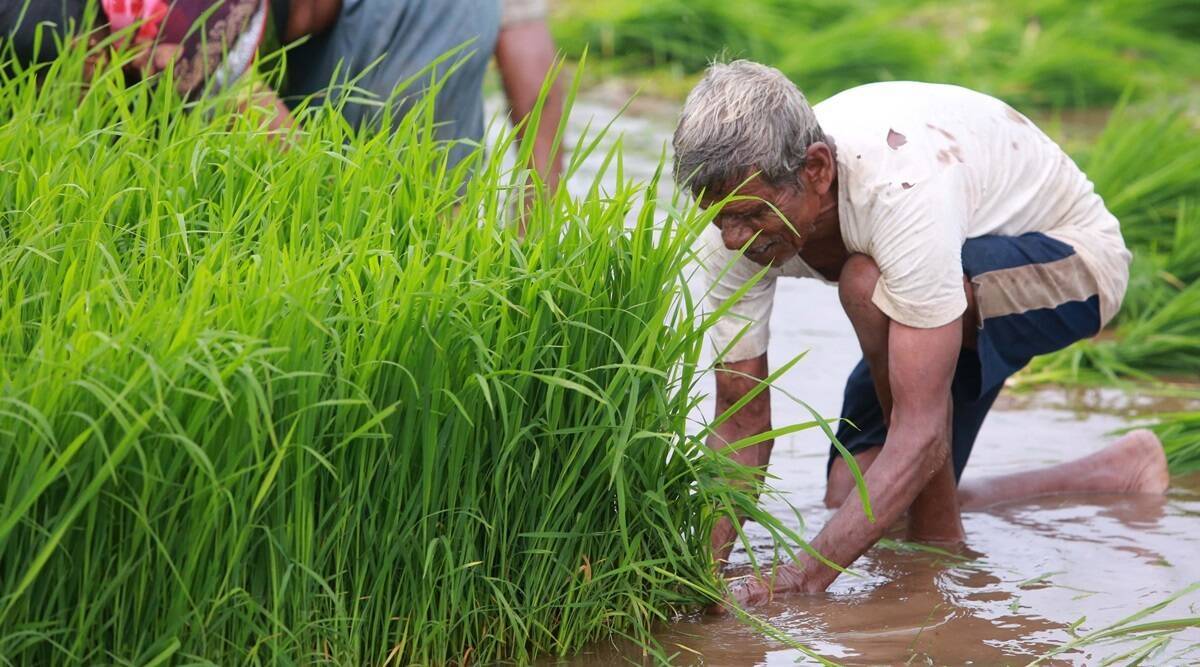Scanty Rainfall in South & Central India to Hit Oilseeds, Pulses, and Paddy Yield 2023

Scanty Rainfall in South & Central India to Hit Oilseeds, Pulses, and Paddy Yield 2023
The output of numerous crops, including oilseeds, pulses, and paddy, is anticipated to be impacted this month due to a significant deficiency and a protracted break in rainfall in the southern peninsula and central India areas, authorities said.
According to experts of the agricultural ministry who are now monitoring the situation, standing crops are expected to experience tremendous moisture stress if the rainfall does not resume in the following week and rains in the later half of next month may not be of much assistance. For standing crops, precipitation during the next week to ten days will be essential.

The southern peninsula and central India areas have received 62% and 42% less rainfall, respectively, than the benchmark-long period average, resulting in a 32% total shortfall in rainfall this month.
Overall monsoon rainfall have been “below normal,” at 9% below the baseline through Wednesday, according to the Met department. The remaining regions in India saw a deficit in precipitation, including central India (-10%), the eastern and northeast (-16%), and the south peninsula (-17%), with the exception of northwest India, where precipitation has thus far been 4% over the benchmark.
Rainfall in the important soy-growing regions of Rajasthan, Madhya Pradesh, and Maharashtra has been drastically inadequate this month, according to Pathak. This season, soybean was grown on 12.47 million hectares (MH), which is somewhat more than what was planted in 2022.
According to state government authorities, the groundnut crop in Andhra Pradesh and Karnataka is expected to be affected by the protracted interruptions in monsoon rainfall thus far. In comparison to last year, this year’s groundnut planting area is somewhat less (by 4.32 MH).
Since the nation imports around 56% of its yearly consumption of edible oil, a lower output of oilseeds would result in a larger import of edible oil this year.
Even while kharif planting is mostly over and the area covered so far is somewhat more than the amount from a year ago, the present dry season may also affect crop production. Due to the fact that these crops are getting close to flowering, pulses and oilseeds are thought to be particularly susceptible to the rain shortfall.
Paddy transplanting is currently rising 4.4% year over year (y-o-y) and is largely finished. According to a scientist from a Hyderabad-based institute associated with the Indian Council for Agricultural Research (ICAR), the crop in Andhra Pradesh and Telangana may not be significantly affected by the sparse rainfall because of the extensive irrigation coverage.
The monsoon is expected to return for at least 10 days starting on September 4, according to Madhavan Rajeevan, a former secretary for the ministry of earth sciences. This is anticipated to result in above-average rainfall in Kerala, the Karnataka coast, and the eastern regions of central India.

On September 2, heavy rain is expected in Odisha, Chhattisgarh, and the northern regions of Andhra Pradesh and Telangana, according to the India Meteorological Department (IMD). According to a statement from IMD, “isolated heavy rainfall activity is likely over extreme south peninsula India during the next 3-4 days,” while “subdued” rainfall activity is predicted throughout the remainder of the nation in the following five days.
Recent years have witnessed a decline in rainfall across South and Central India, with 2023 recording one of the worst monsoon seasons in decades. The shortfall is expected to significantly affect agricultural productivity, particularly the yield of essential crops like oilseeds, pulses, and paddy. This article delves into the dynamics of this climatic shift and its cascading consequences on agriculture and the broader economy.
Monsoon rains in India are critical to agriculture, a sector that employs around 60% of the population and contributes about 16-18% to the country’s GDP. Crops like soybeans, peanuts, and sunflower seeds (oilseeds), pulses like lentils and chickpeas, and staple grains like rice (paddy) heavily rely on monsoon rains for irrigation. Inadequate rainfall can severely limit their yield, thereby affecting both local economies and the country’s export capabilities.

Data from meteorological departments indicate that South and Central India have witnessed below-normal rainfall this season, receiving only 70-80% of the long-term average. The situation has escalated from being a cause for concern to a full-blown crisis. Some states like Andhra Pradesh, Karnataka, and Maharashtra have reported over 30% decline in monsoon rains compared to last year.
Oilseeds are particularly vulnerable to water stress. They require consistent moisture during the flowering and seed-filling stages. The lack of rainfall has led to poor soil moisture content, affecting these critical phases. Initial estimates suggest that yields may fall by up to 25-30%.
Pulses are somewhat more resilient to water stress but still require a moderate level of moisture for growth. The scanty rainfall is likely to lead to a 15-20% decrease in the yields of important pulses like chickpeas and lentils.
Rice is one of the most water-intensive crops. In India, it is mostly cultivated during the monsoon season. With inadequate rains, the paddy fields are drying up, causing significant stress on the crop. This is likely to result in a 10-15% reduction in rice yields.

Reduced yield could lead to an increase in the prices of these commodities, affecting household budgets.India is a significant exporter of oilseeds and pulses. A reduced yield will hamper export commitments, leading to a negative trade balance in agricultural commodities.
With lower yields, farmers face an income crunch, exacerbating their already vulnerable financial condition.Industries dependent on these raw materials, like edible oil refineries or pulse processing units, will also bear the brunt of this yield shortfall.
Emphasizing methods like rainwater harvesting and efficient irrigation systems could partly mitigate water stress.Enhancing the scope and reach of crop insurance can shield farmers from the financial repercussions of low yield.
Encouraging farmers to diversify into less water-dependent crops can be a long-term adaptive strategy.Investment in research for developing drought-resistant crop varieties can offer a long-term solution.

The scanty rainfall in South and Central India poses a significant threat to the yield of essential crops like oilseeds, pulses, and paddy. This situation necessitates urgent attention and adaptive measures from both the government and the agricultural community to mitigate its long-term impact on the nation’s economy and food security.




